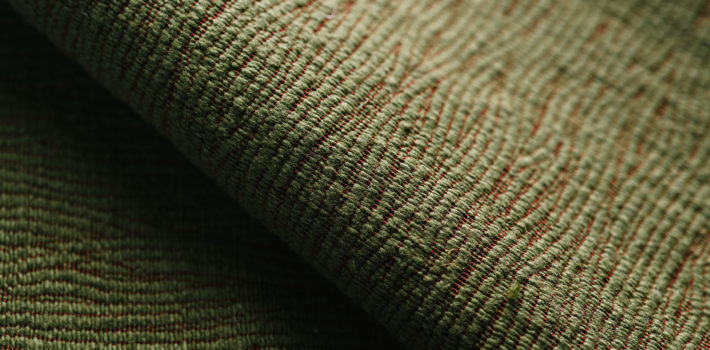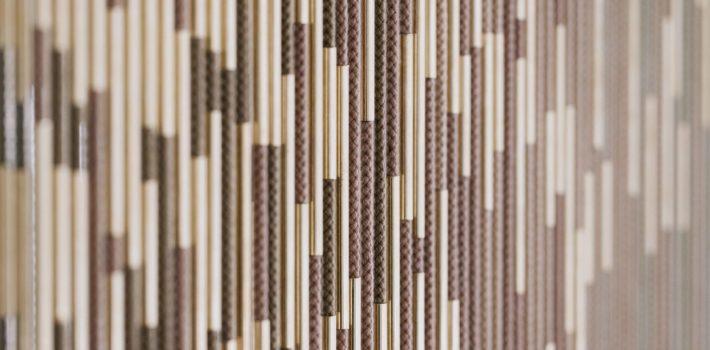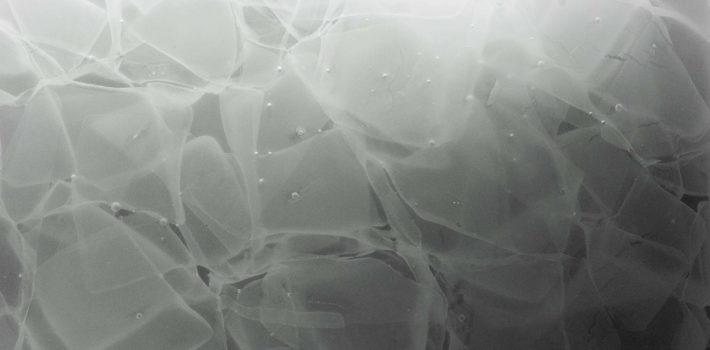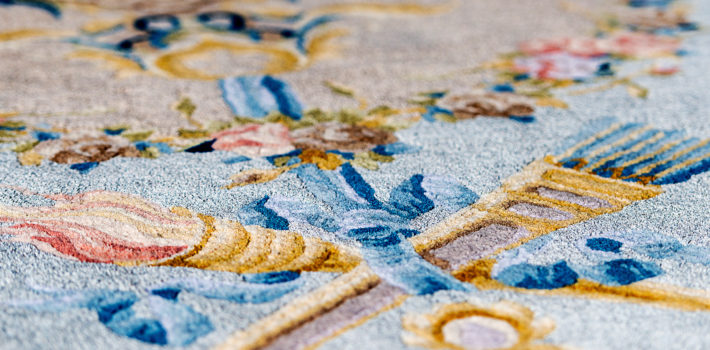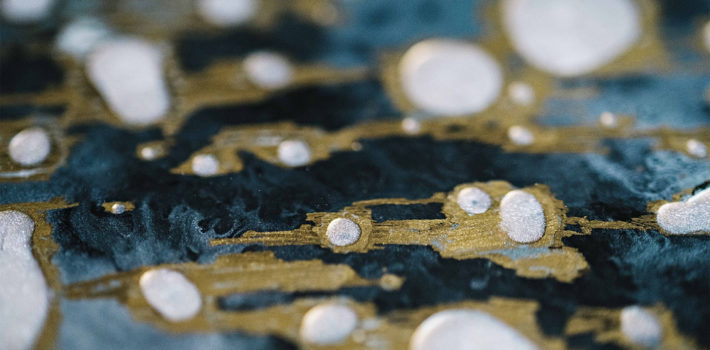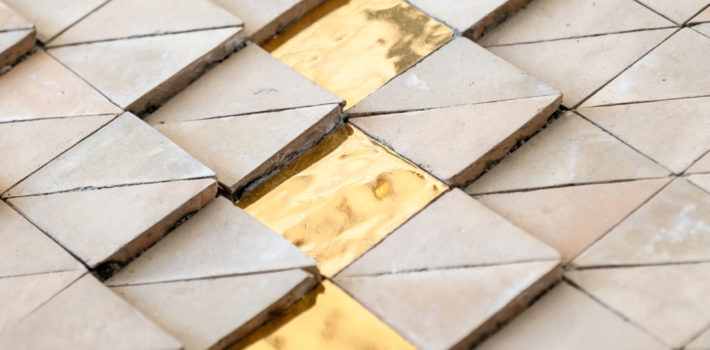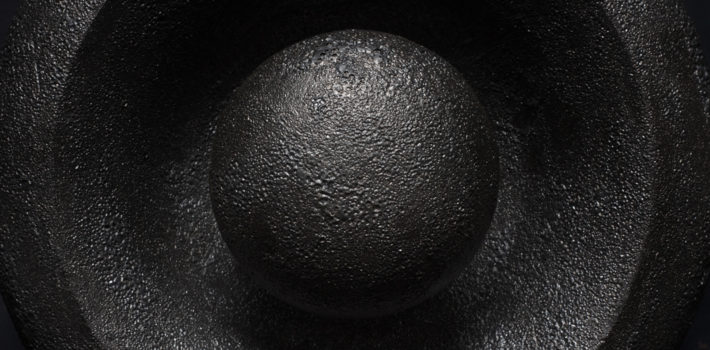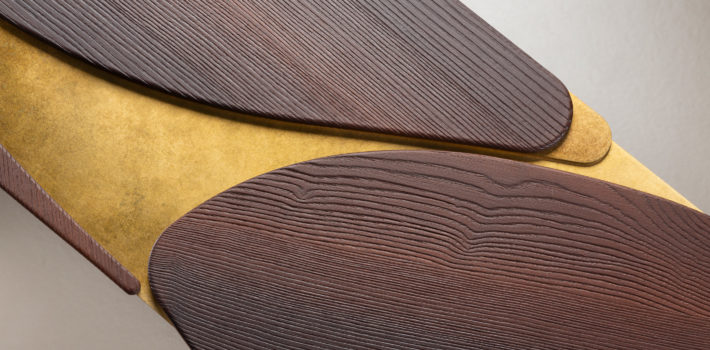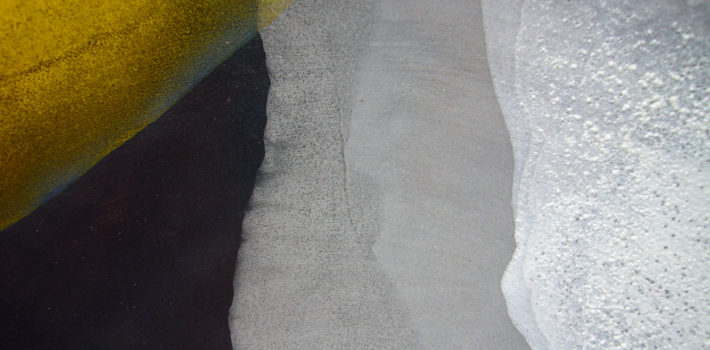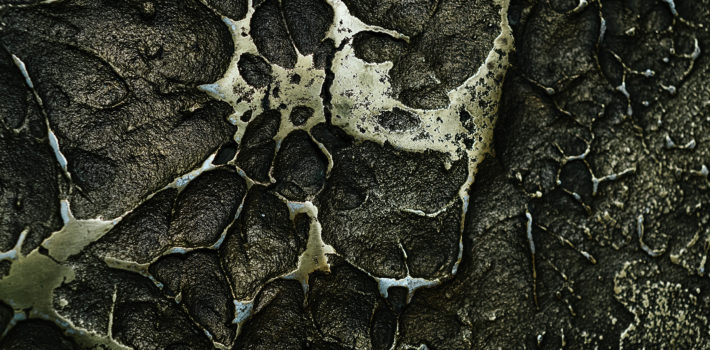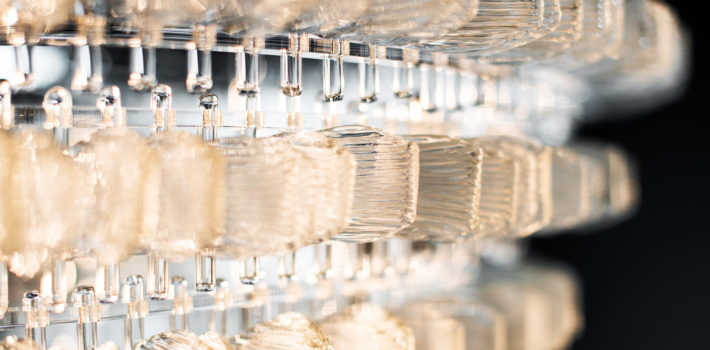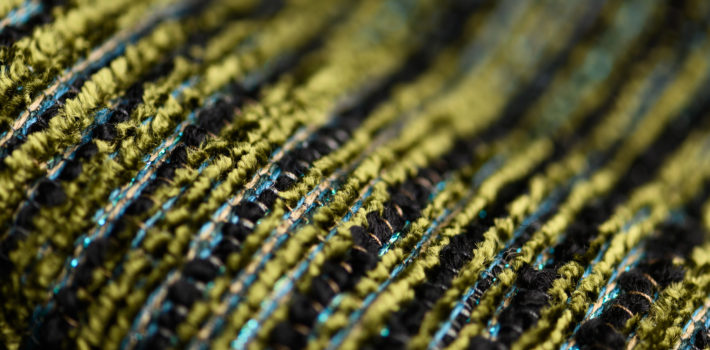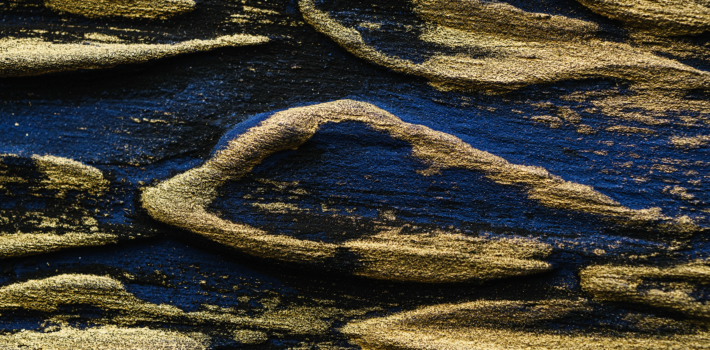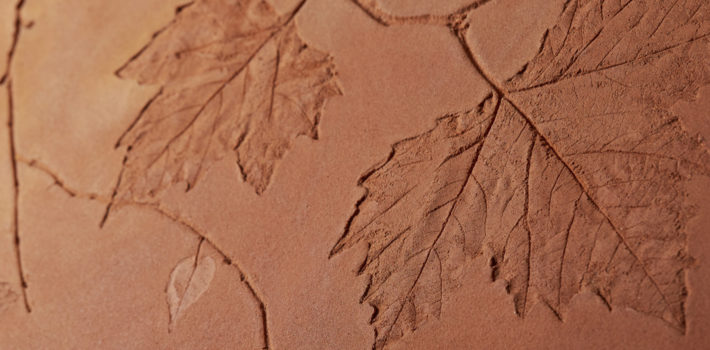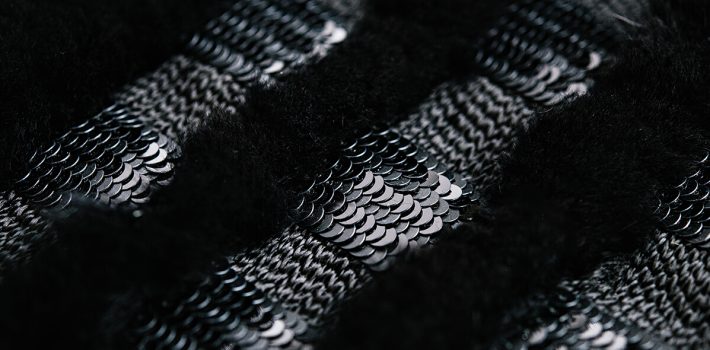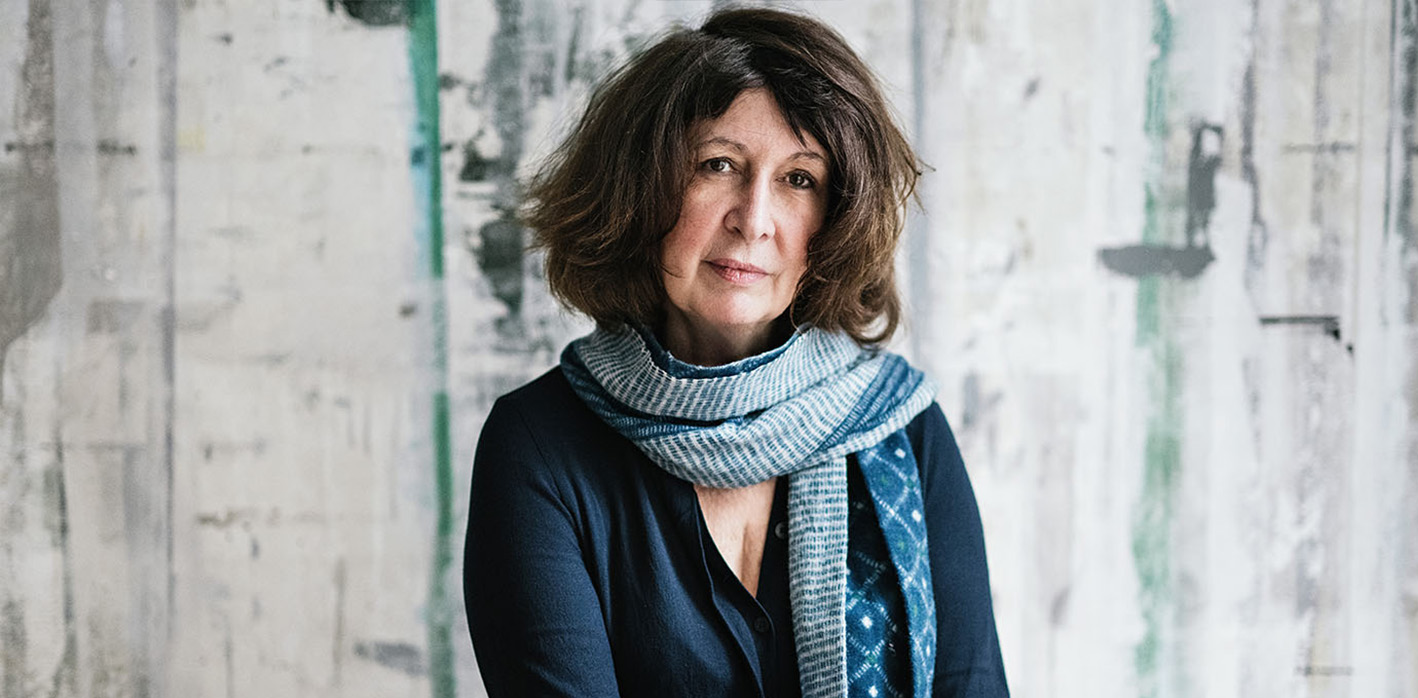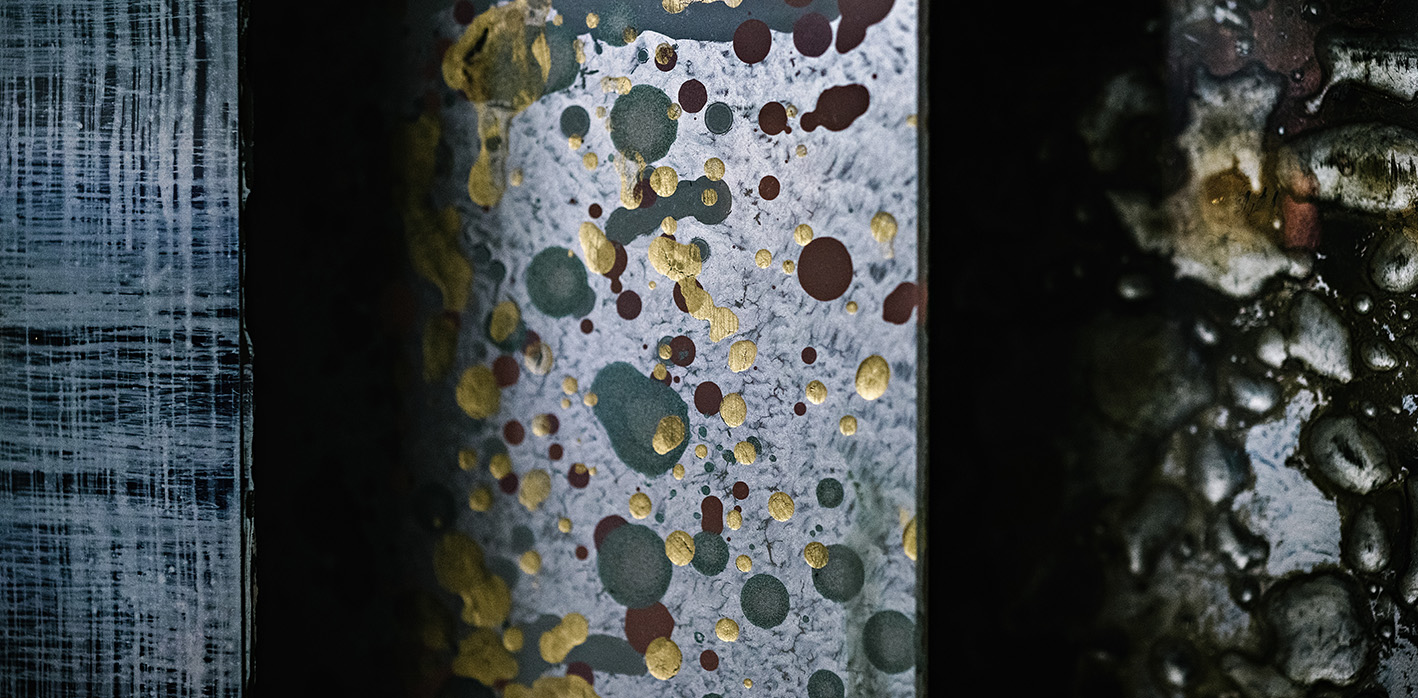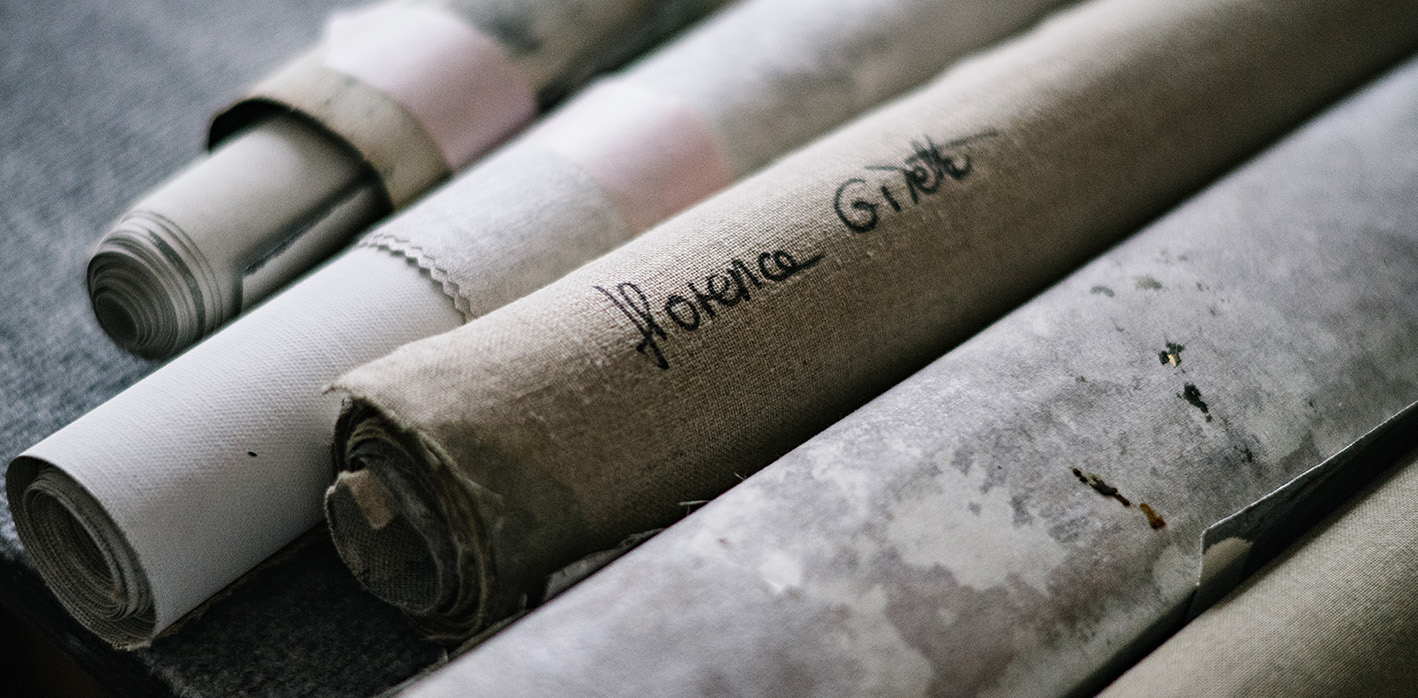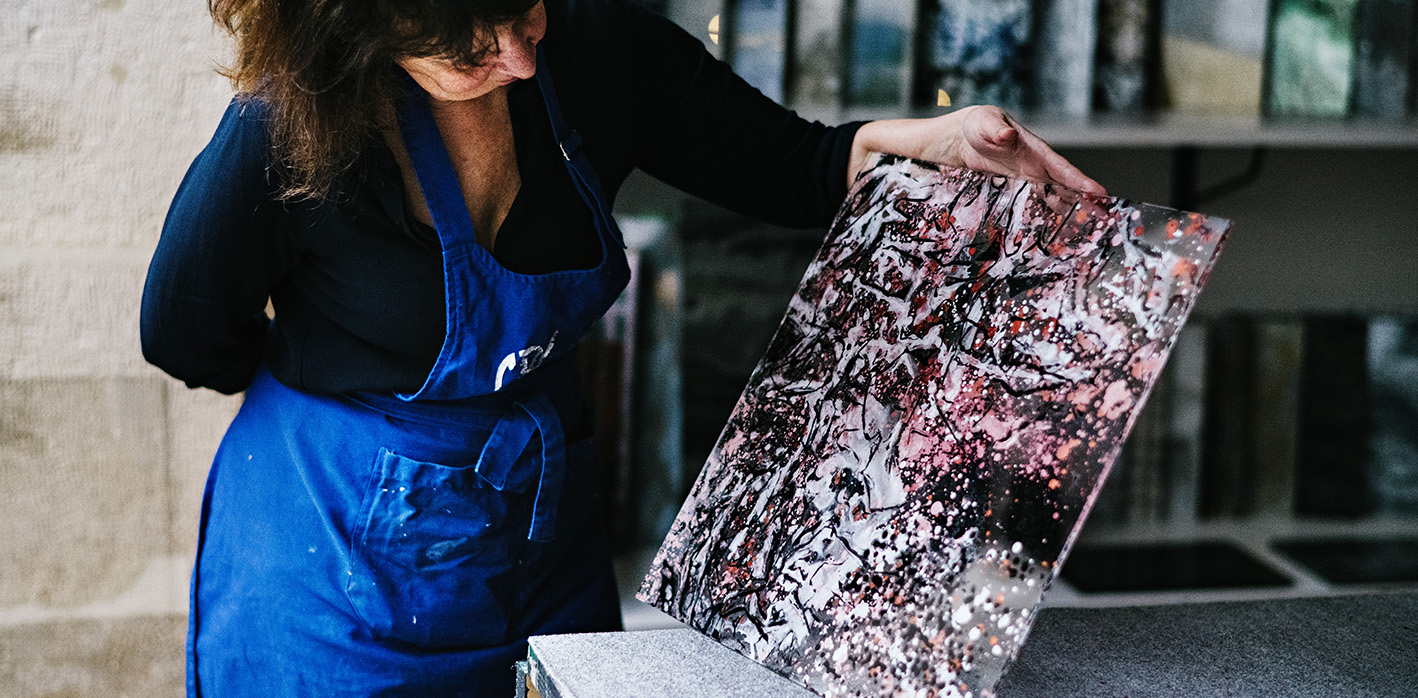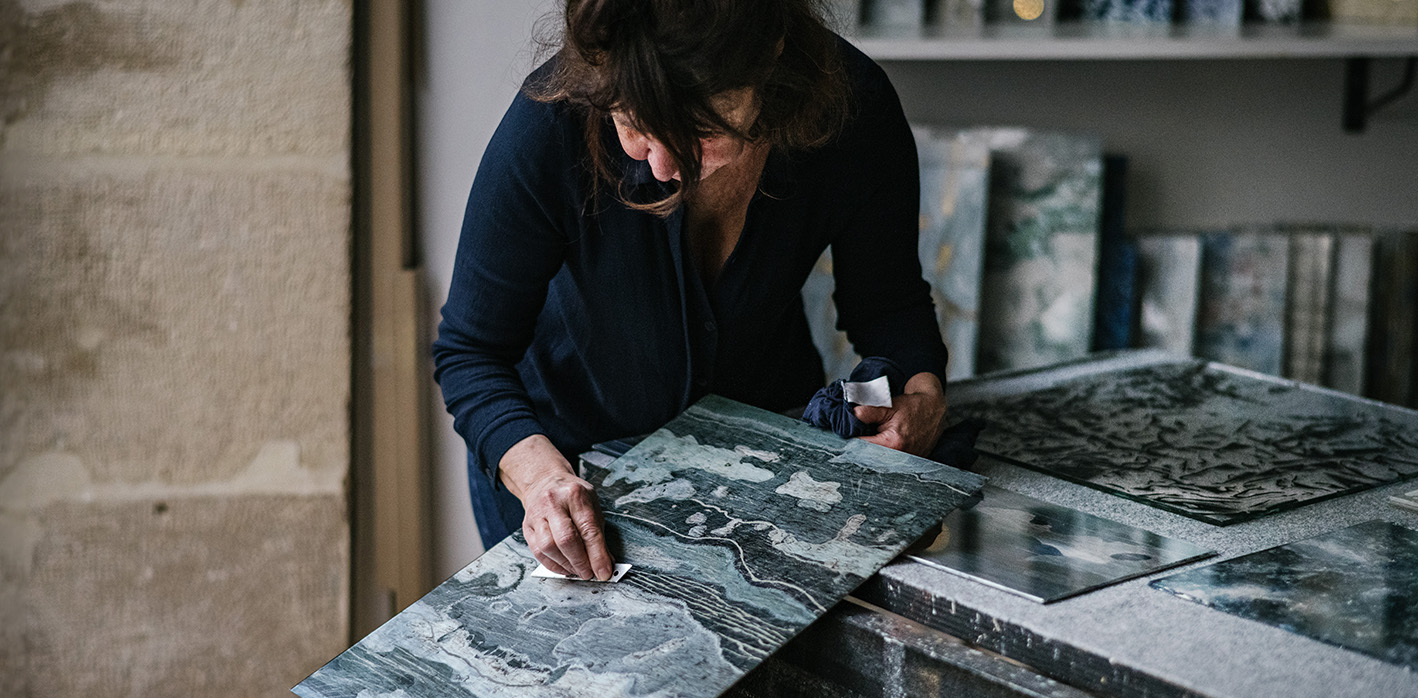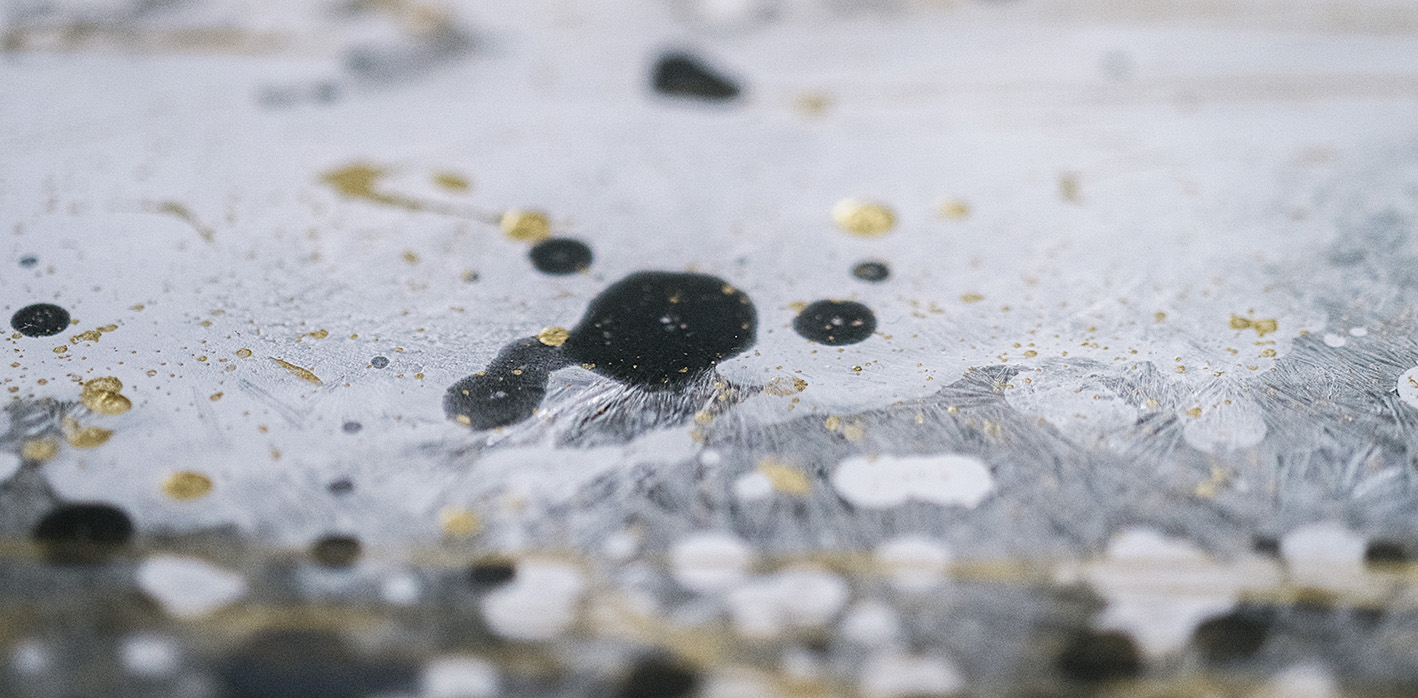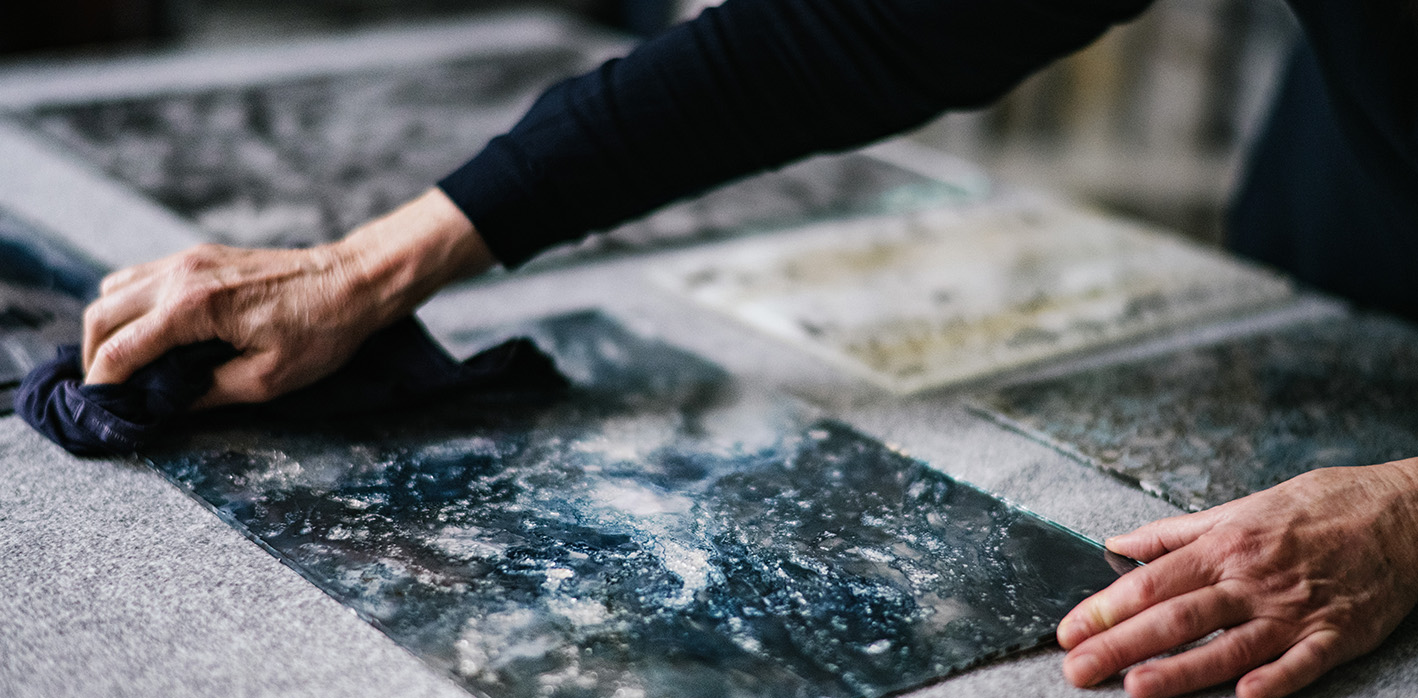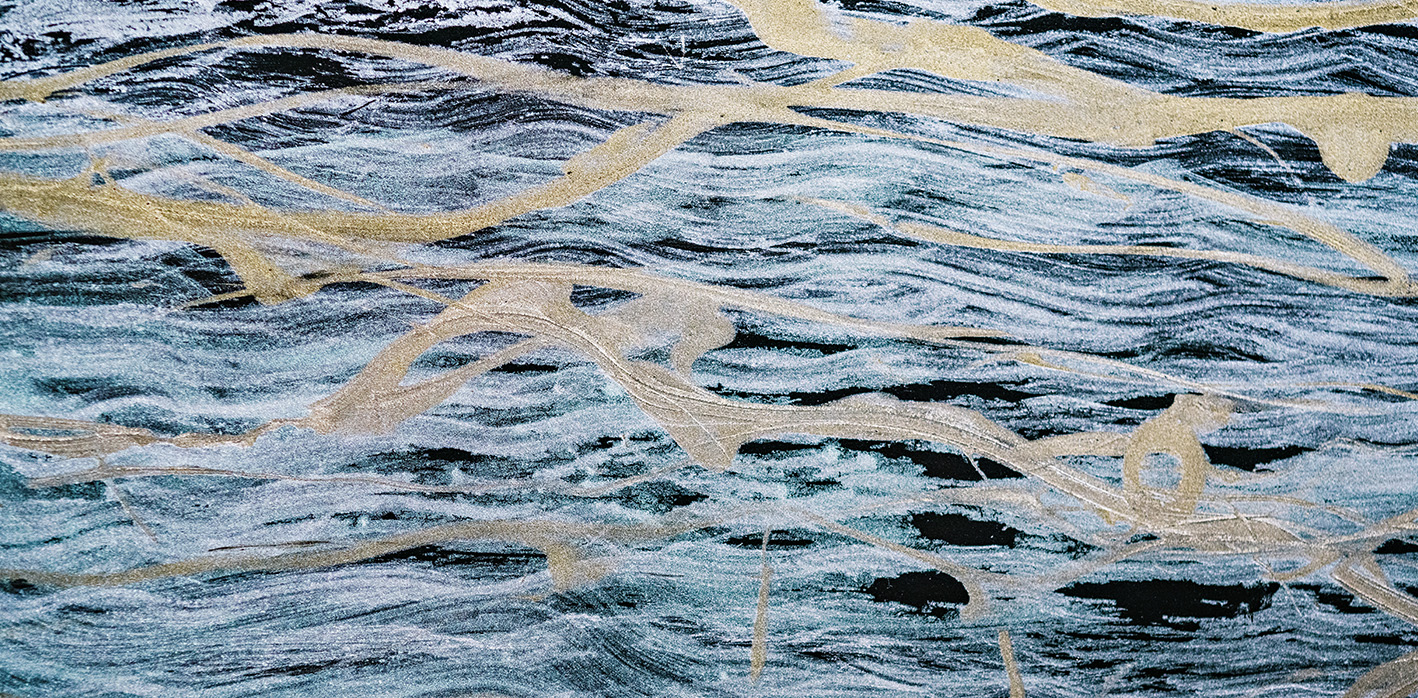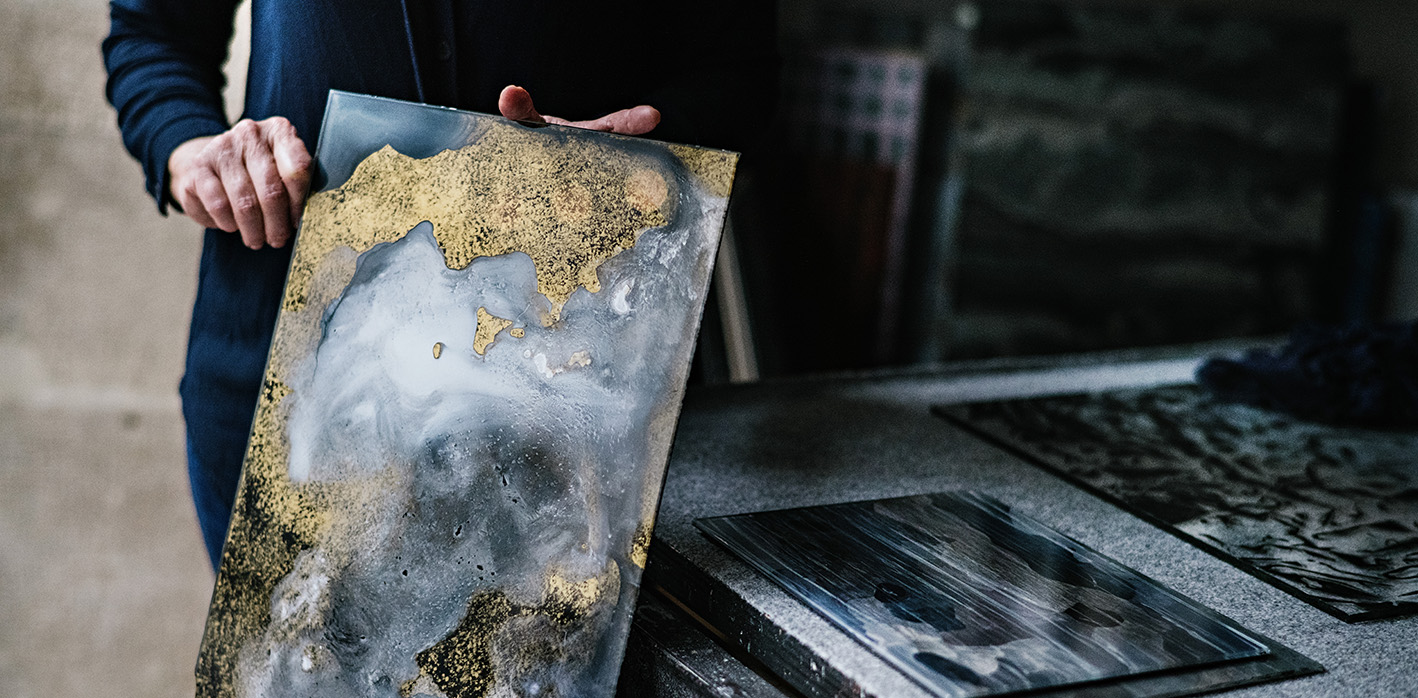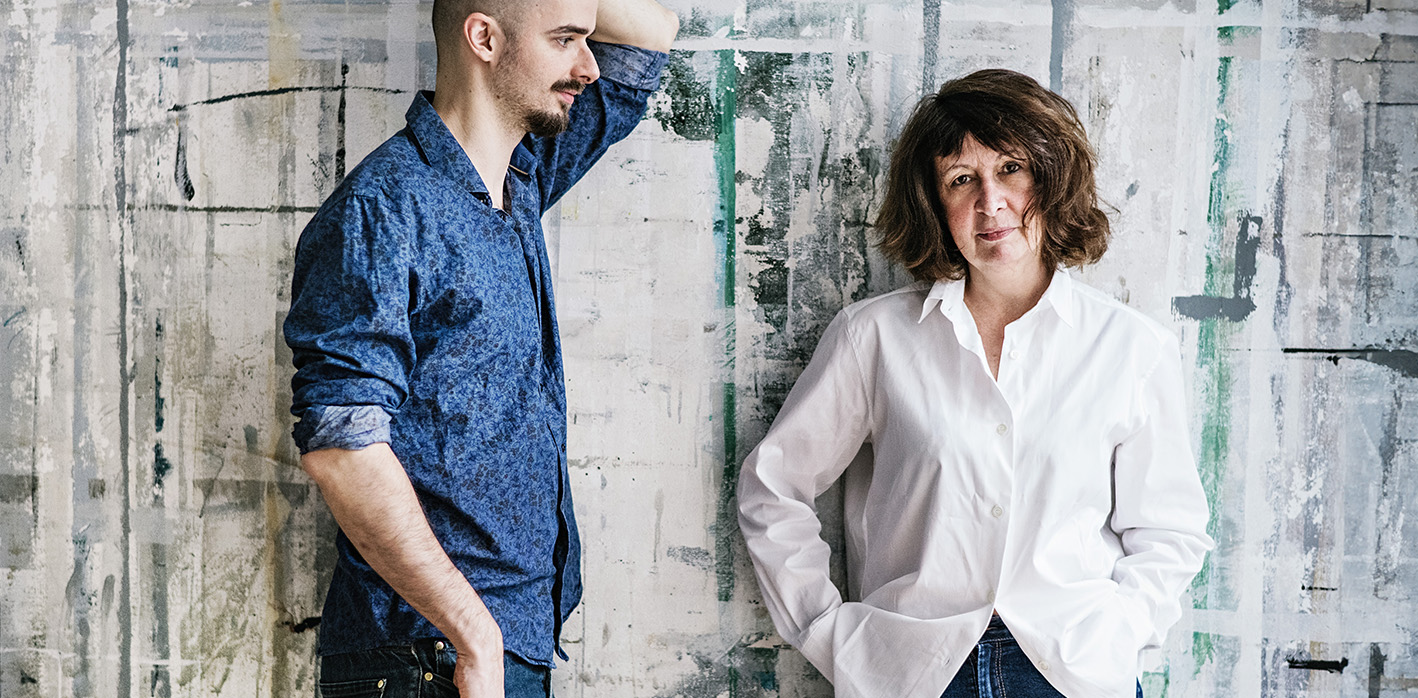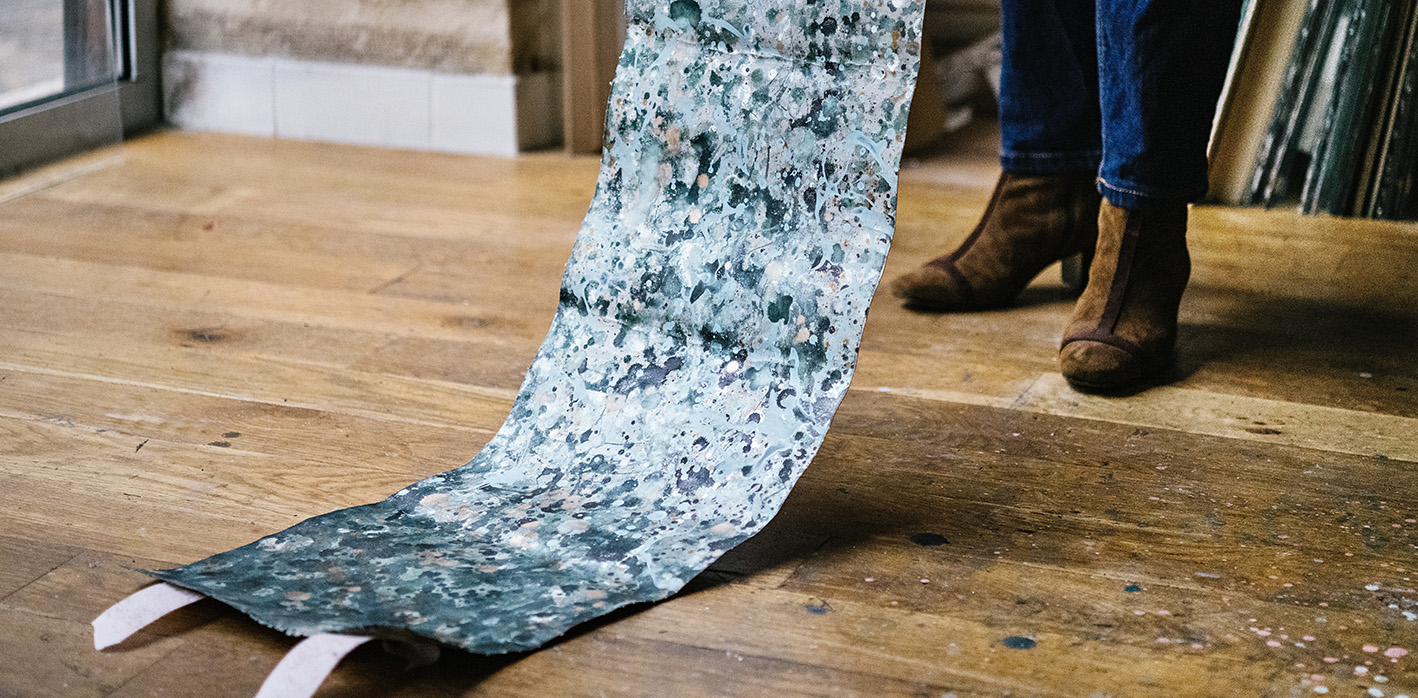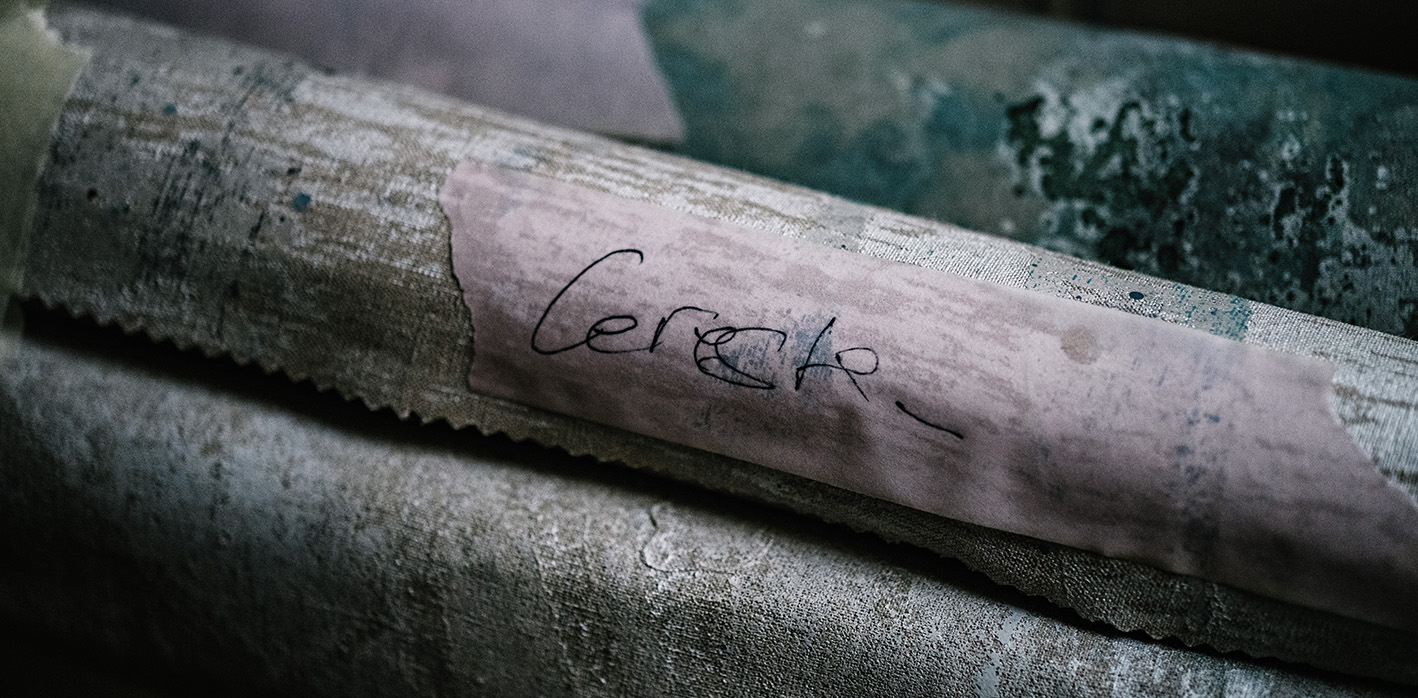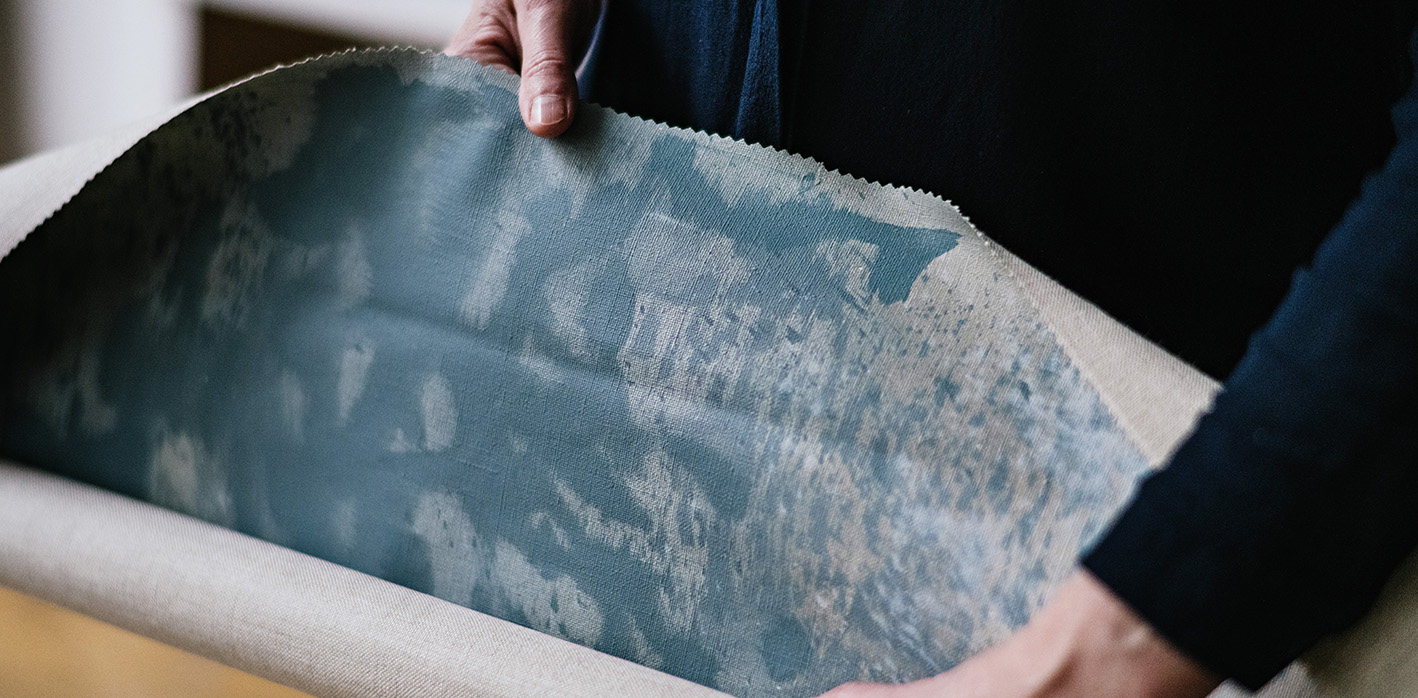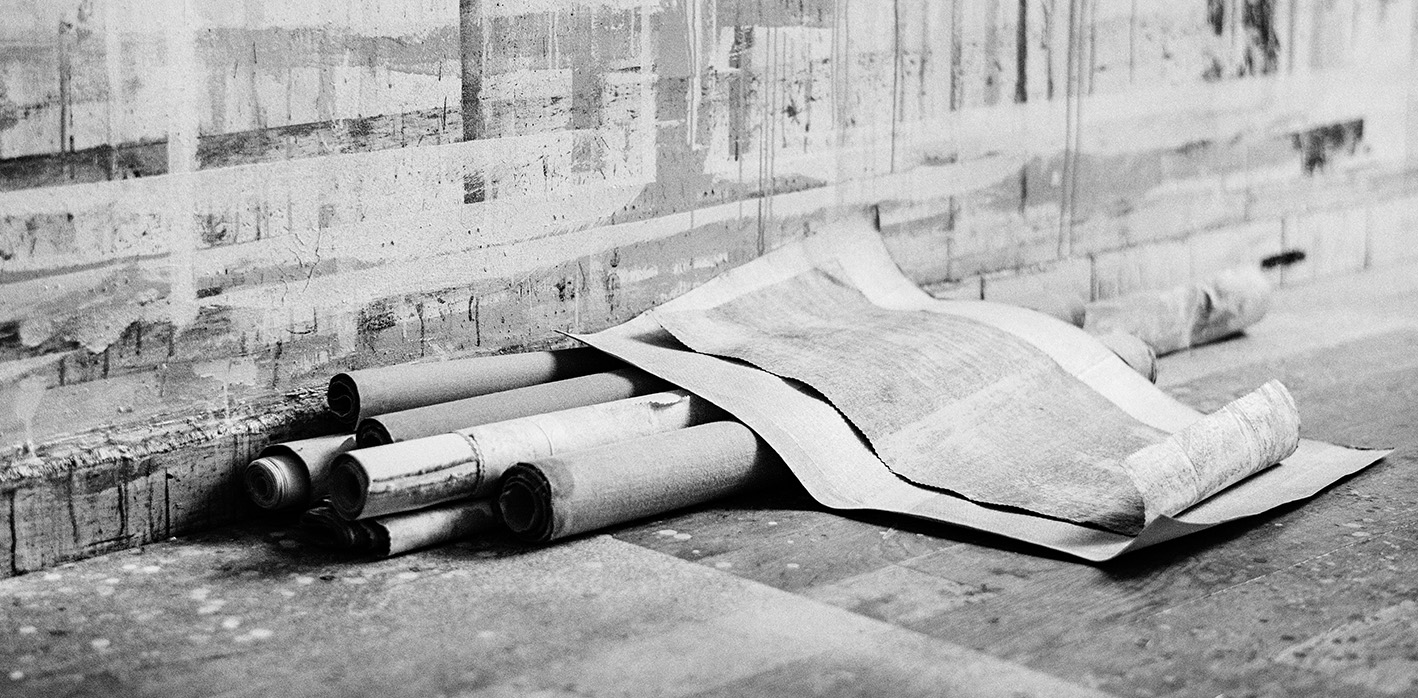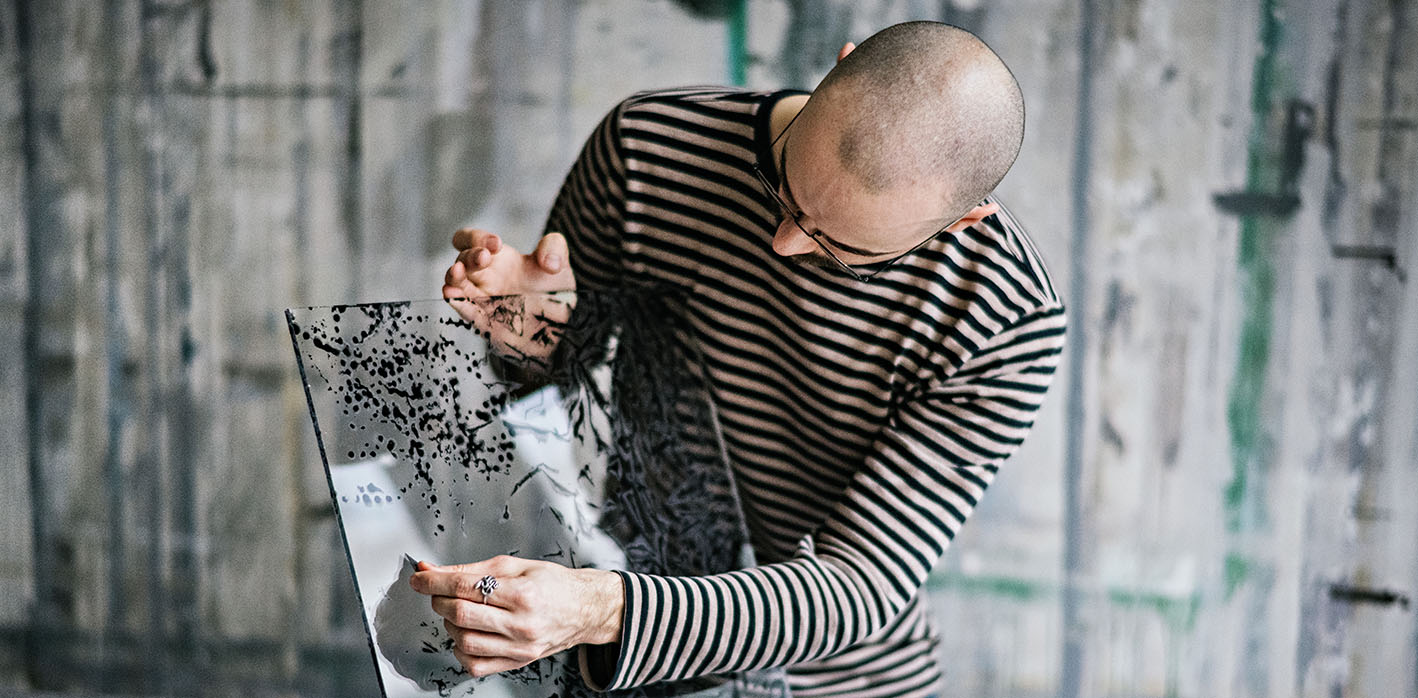Florence Girette
Decorator Painter
For the past twenty years, Florence Girette has been exploring the extraordinary potential of glass as a painted medium. A rich journey filled with travels, encounters, and serendipity has led Florence, now accompanied by her son, to iconic places in contemporary interior decoration.
What has been your journey?
I initially wanted to pursue dance. At the age of 16, I reconnected with a friend studying gilding in a highly reputed school in Brussels. She introduced me to two of her friends—one was a dancer with Maurice Béjart, fulfilling my dream, and the other was studying trompe-l’œil at the Van Der Kellen school. I persisted with dance, but I suppose I wasn’t talented enough; I faced rejections at auditions. Under some parental pressure (“Now, you need to find a real profession”), I changed course. I remembered those friends and decided to study decorative painting and trompe l’œil with Mr. Van Der Kellen, a wonderful man. Later, I joined the film industry as a set painter. Over twenty years, I refined my technique and worked on beautiful projects.
How did the desire to become a decorative painter arise?
I’ve always been quite creative, constantly tinkering and experimenting since I could hold a pencil. My father used to invent games, solitaires, and I remember helping him assemble the pieces! I also sensed that decoration and decorative painting offered opportunities for travel, interactions with teams, and ever-changing projects. I had this idea of a vibrant, colorful life, a desire to avoid doing the same thing twice.
Can you tell us more about the technique of painted glass?
I stumbled into it entirely by chance. One day, there was a sheet of glass lying around in my studio. I started painting on it, just trying without worrying about technical constraints. And I must admit that I felt like I had found something else, a fortunate accident. I loved the sensation and the outcome—far from the standards of interior decoration, using a medium not at all common at that time.
How did you come to work on “mirror” surfaces?
It was during a project with Jean-Louis Deniot that I began painted mirrors. He wanted a mirrored fireplace, so I tried something different. I had my expertise, my ideas, and a silverer. Everything was in place. But it took me some time to refine my desire, to present my painted mirrors.
What are your sources of inspiration?
Initially, a painter: Klimt. Each of his periods was a source of inspiration for me for several years. Then, I moved on to simpler, more elemental influences: snow, raindrops on glass, water. Most often, it’s the tool I work with that dictates the overall theme. But that’s part of the magic, a secret I keep!
You work hand in hand with your son. Can you tell us more about your working method and how Arthur joined you on the path of decorative painting?
It was a natural choice for both of us that he would join in. He has been involved in my work since he was 16. I wanted to be accompanied by someone who could reproduce what I showed him. He is very skilled at understanding the technique, determining how to achieve a precise result. Having two parents as decorative painters and a grandfather who was a painter, he has always seen us at work. We work very well together, even though it might not always be easy to work with his mother [laughs]!
What project would you dream of undertaking?
Creating large screens. And a very, very tall waterfall in a staircase descent!
Photos – ©Franck Juery, ©Florence Girette
